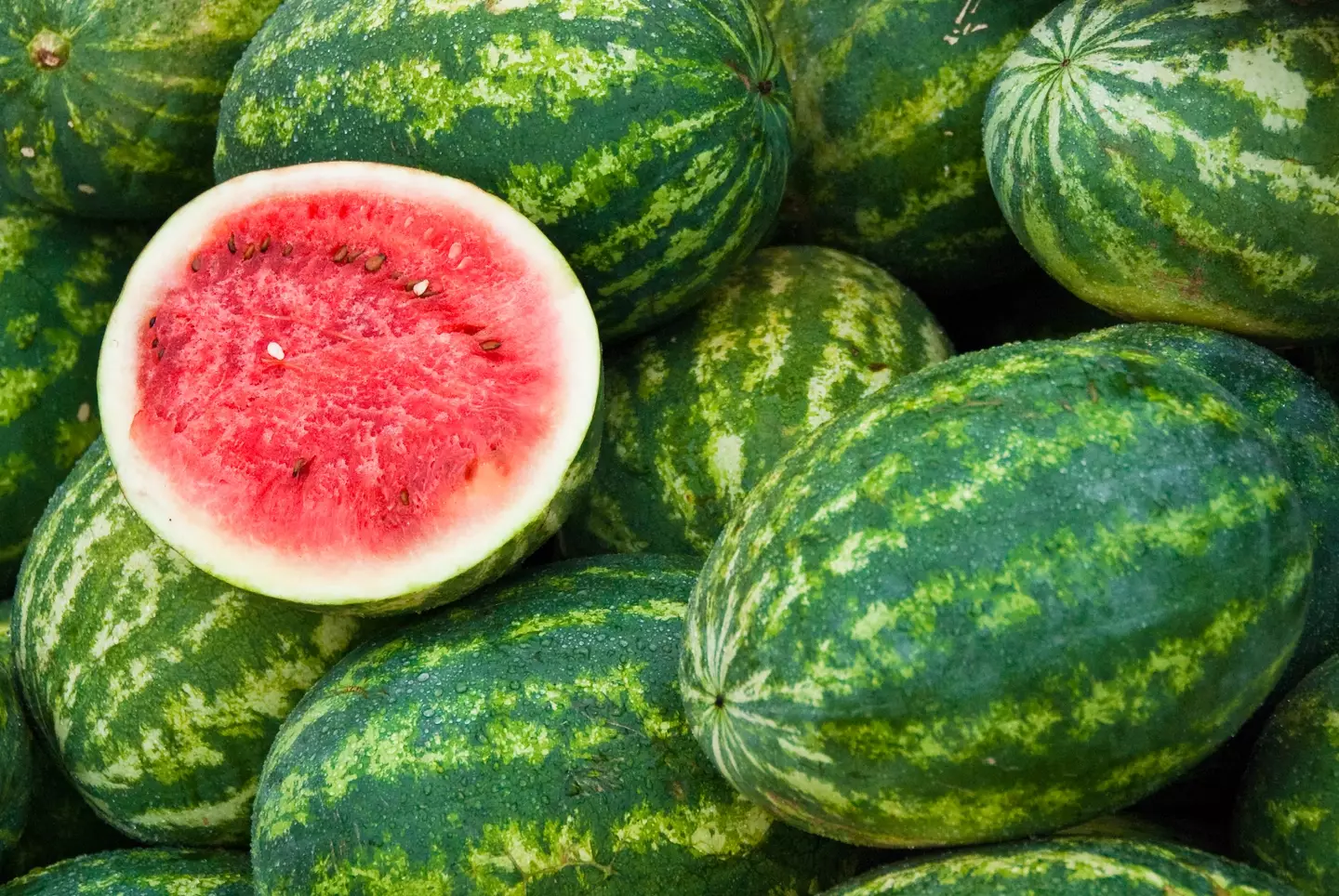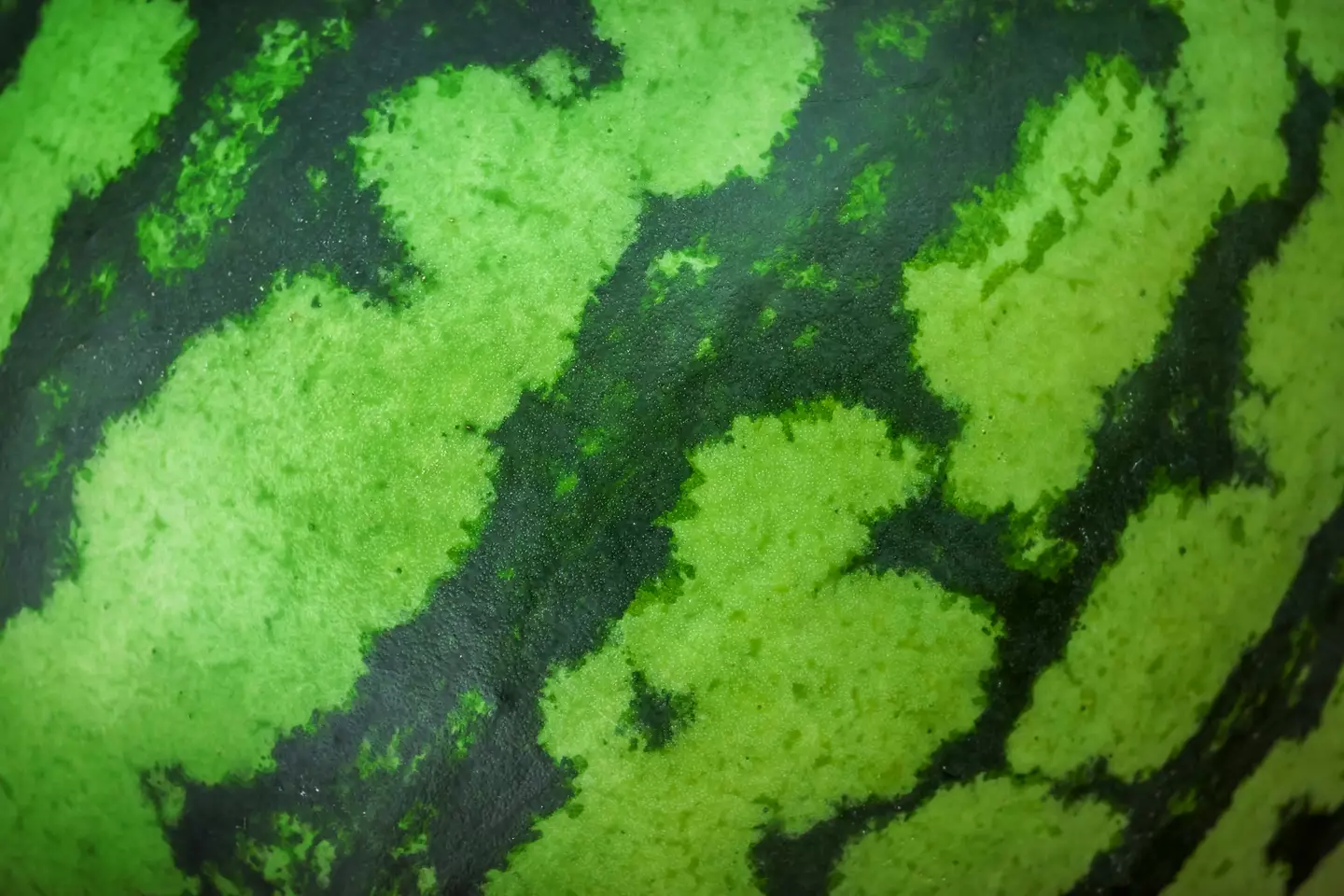
Topics: UK Food
One of the best things about the late spring and summer months is the explosion of nutritious, flavoursome and exotic fruits and vegetables lining shelves with reasonable prices.
Having a good idea of when your favourite fruits and veggies come into season is a good idea for your wallet, seeing as UK-grown produce is generally cheaper and fresher than air miles-laden imports, and it’s great for giving you a reason to mix up your diet as the seasons roll by.

With so many of the tastiest options finally in season, it’s the best time to buy things like asparagus, strawberries, and watermelons if you prefer home-grown produce, and for that latter fruit there’s a nifty trick for making sure you get a good’un.
Advert
You might think watermelons are the kind of exotic fruit that’s too juicy for these shores, but we do in fact grow plenty of them here. They’re rich in vitamins A and C, potassium, and antioxidants such as lycopene, which is usually best-found in cooked tomatoes.
They’re hydrating too, which is particularly noteworthy given how hot and sunny this summer is likely to be.
However, it’s difficult to gauge how ripe a watermelon is, and getting one that’s ready to eat is generally the preference.
So, how can you figure out a watermelon’s ripeness before cracking it open? Of course, once you do, you’ll recognise a ripe one thanks to its deep red colour, firm texture and sweet flavours, but that’s not much use when you’re browsing them in the supermarket.
Advert
One of the common ways to check is to give the outer rind a tap. A hollow but deep sound is generally a good indicator that the watermelon’s ready to munch, but there’s another handy way to check.
According to The Kitchn, farmers have a particular trick for finding the sweetest melons. Writing for the site, Mackenzie Filson said the ‘two finger rule’ is a foolproof way of separating the juicy melons from the stiff ones.

Simply place your index and middle finger on one of the melon’s darker green stripes. If it’s the width of those two fingers, you’re in business.
Advert
In her own test, Filson’s watermelon had a stripe of the right width and so it proved a 'sweet and juicy, eat-over-the-sink-style watermelon'.
The pale-green stripes can help you to gauge the ripeness, too, with ripe ones typically having a light and faintly green colour rather than a deep one.
According to Food Republic, shiny watermelons are generally some way off ripeness, with those typically being more recently harvested than the dull ones.